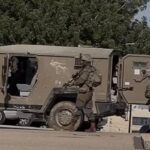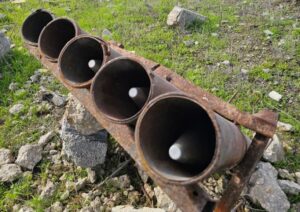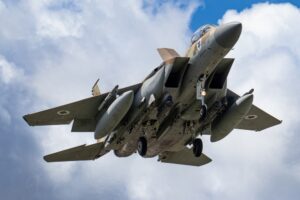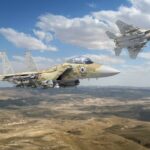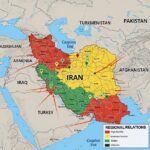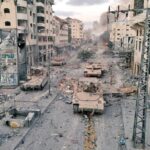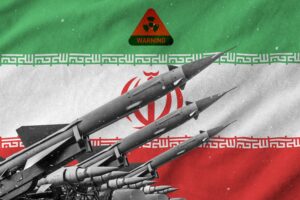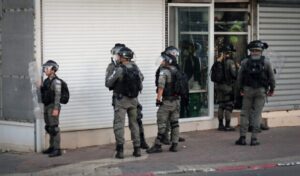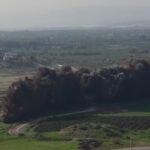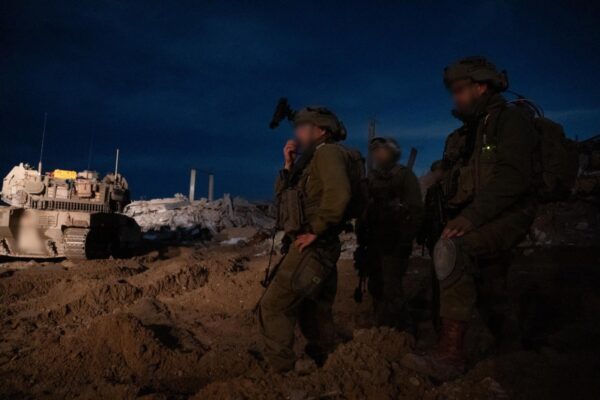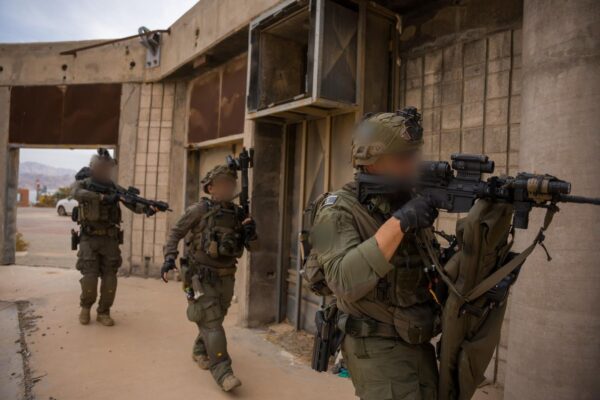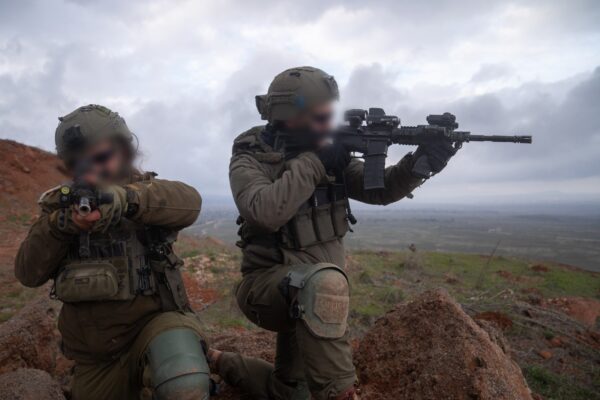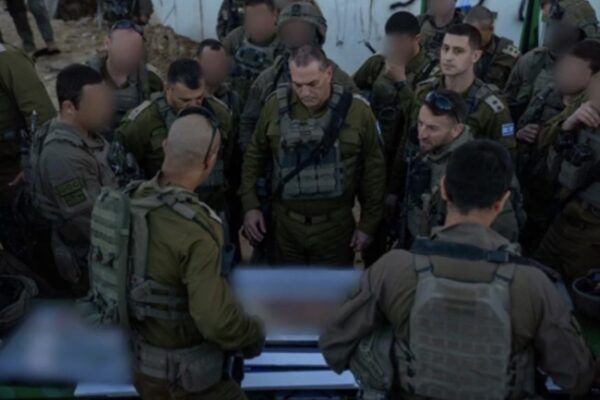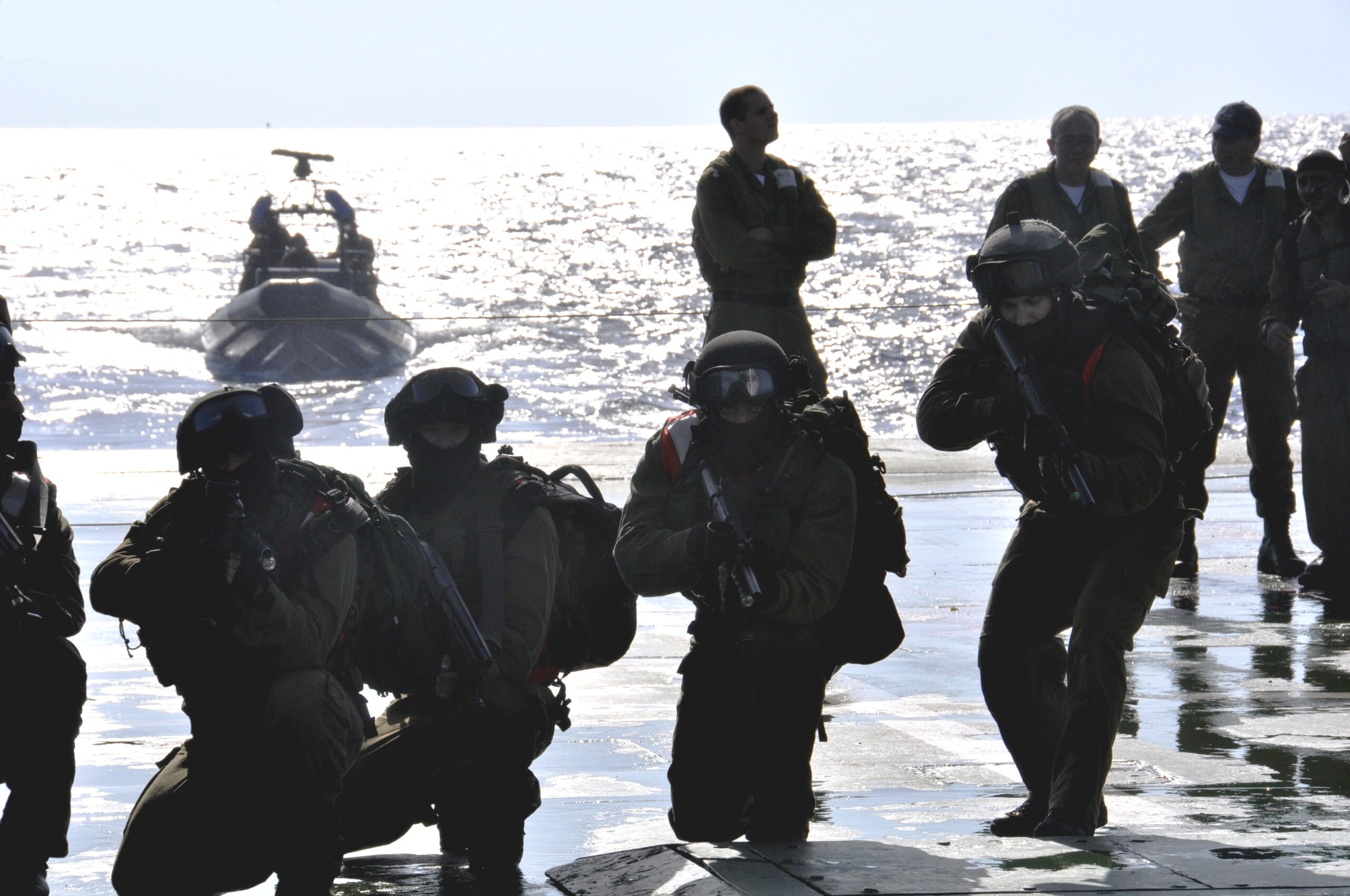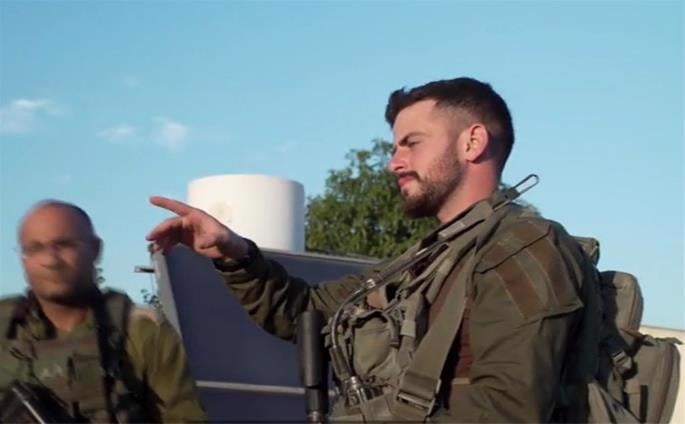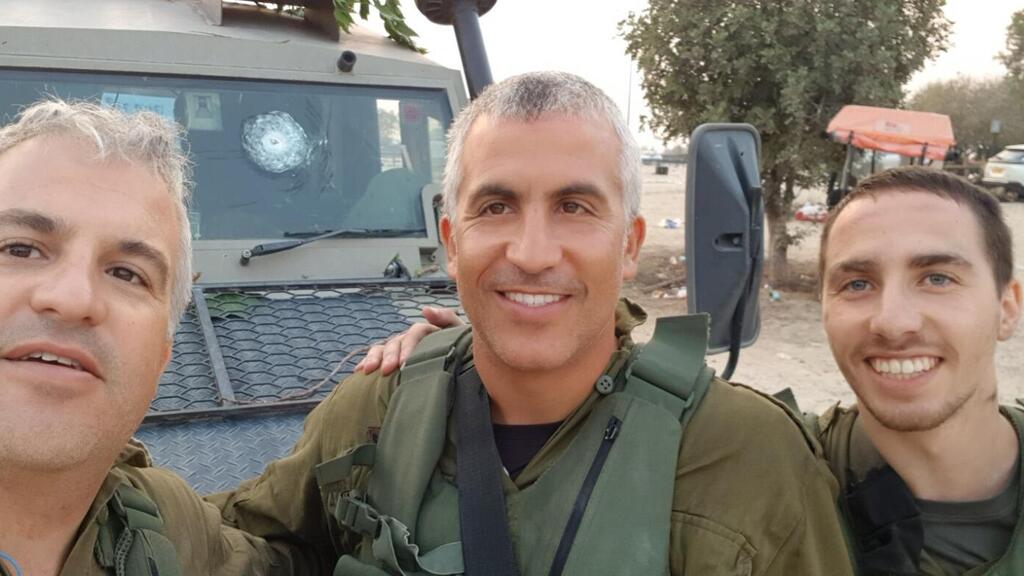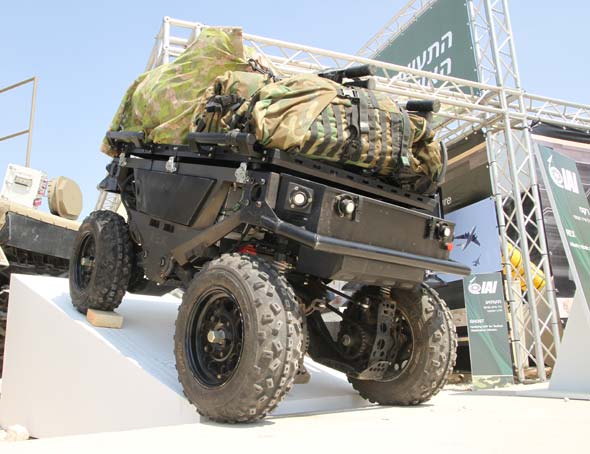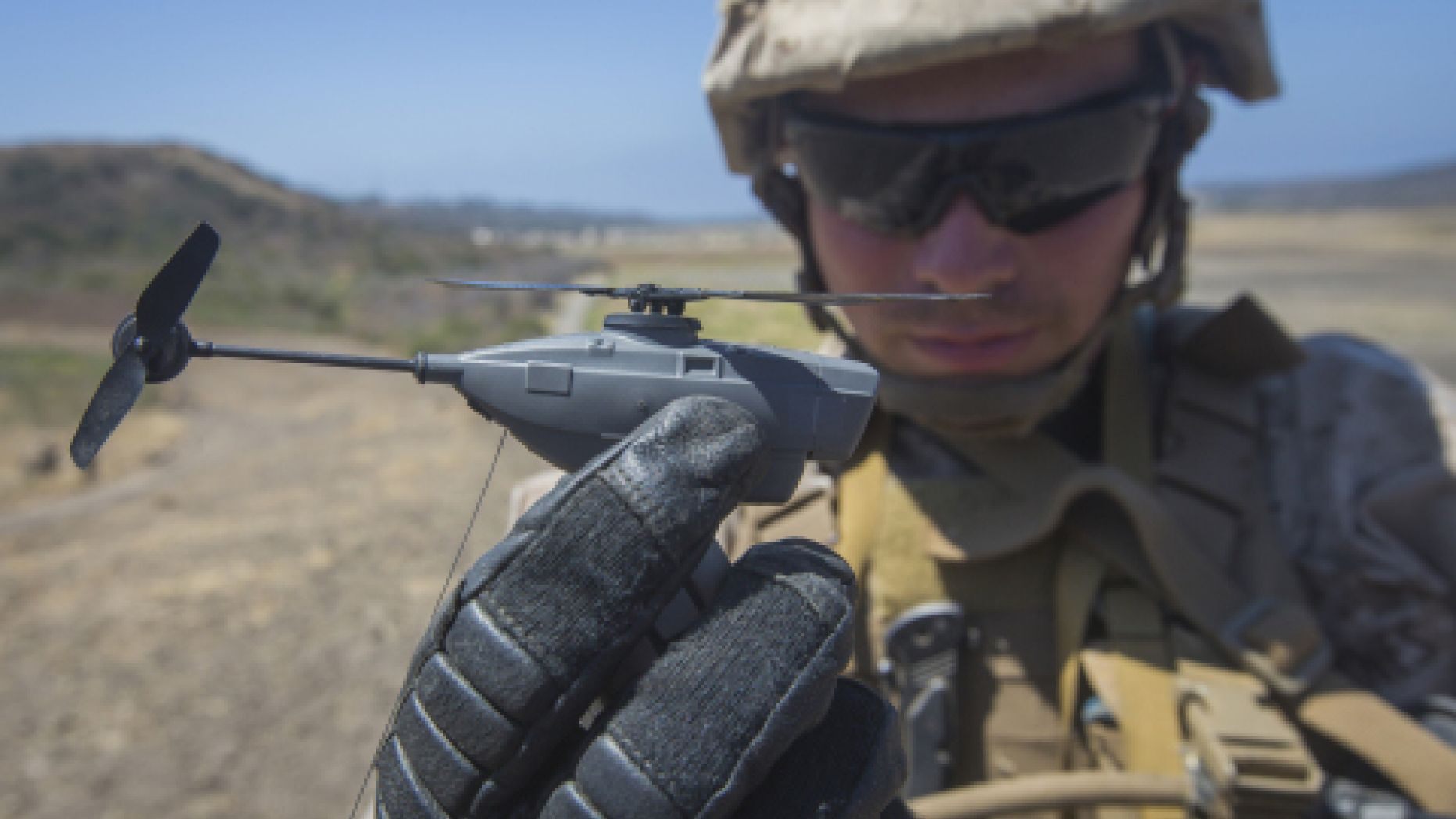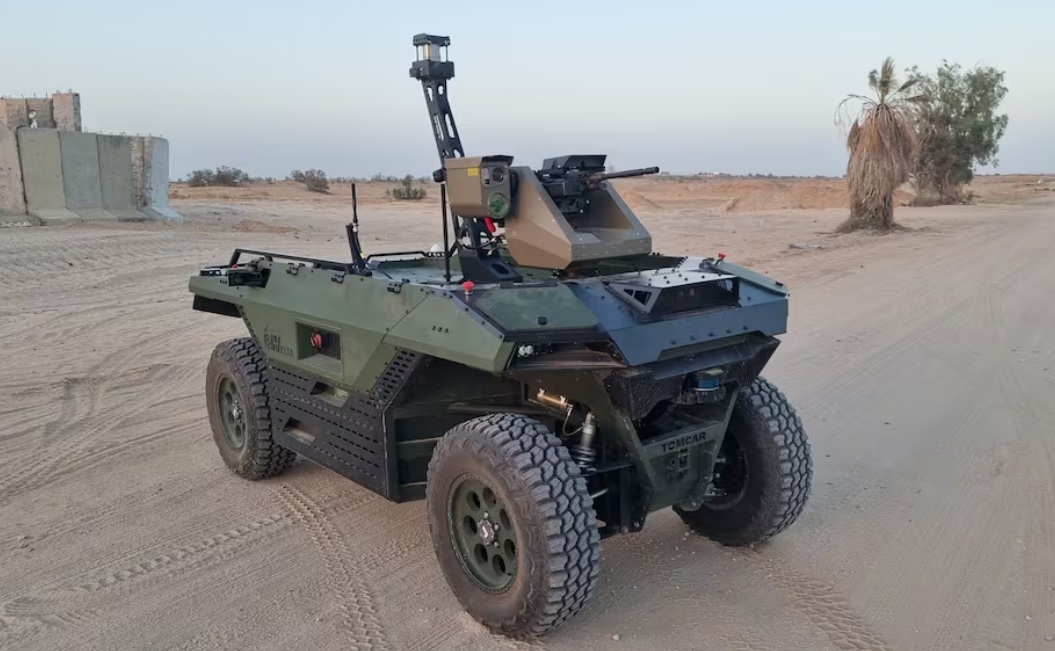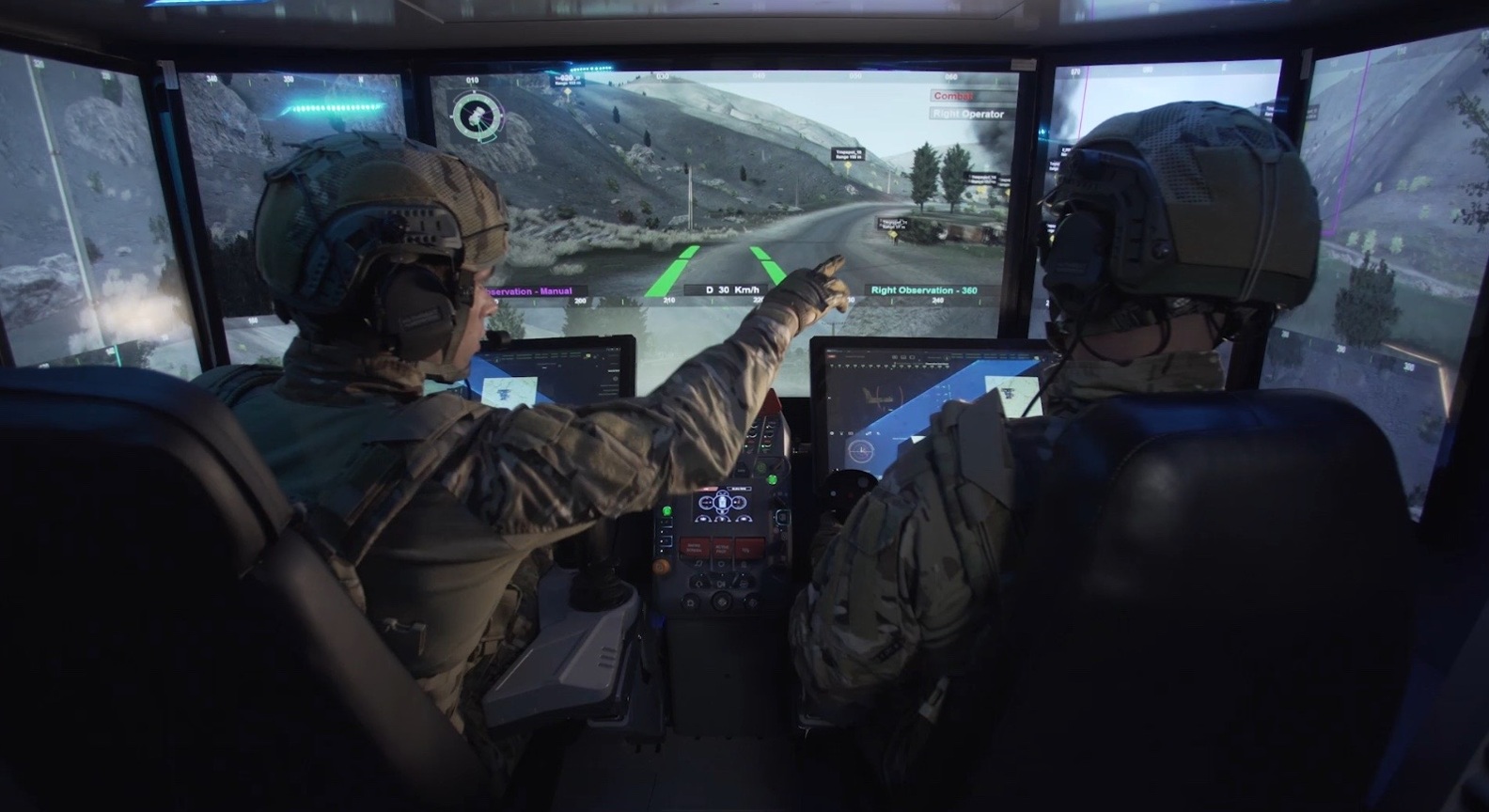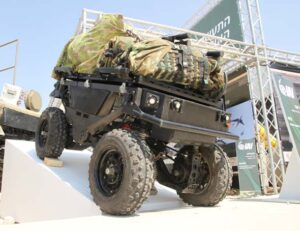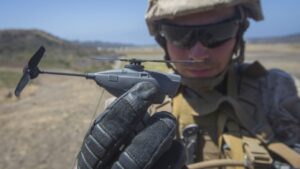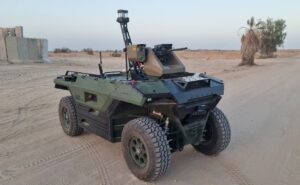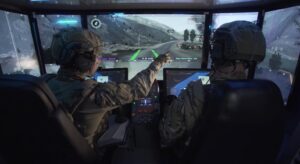The IDF has rapidly expanded its use of robotic systems, especially in the Gaza conflict.
By Hezy Laing
The IDF has rapidly expanded its use of robotic systems, especially in the Gaza conflict, where these technologies have become essential tools for combat, surveillance, and engineering operations.
Among the most advanced is the Jaguar, a semi-autonomous ground robot developed by the IDF and Israel Aerospace Industries.
A major leap in autonomous border defense, it became operational in April 2021.
Designed to patrol the Israeli-Gaza border, the Jaguar is equipped with high-resolution cameras, dozens of sensors, a 7.62 mm MAG machine gun, and even a self-destruct mechanism to prevent capture.
It can self-drive, navigate obstacles, and operate under full remote control, offering a safer alternative to deploying soldiers in high-risk zones.
Inside Gaza, the battlefield has become a proving ground for a wide array of robotic systems.
The IDF now deploys robots capable of climbing stairs, exploring tunnels, and transmitting real-time video to operators.
These machines lead armored and infantry units, detecting explosives buried beneath roads and rubble.
One standout is the Panda, a remotely controlled version of the D9 bulldozer.
It became widely deployed in late 2023 and early 2024, especially during the Gaza War.
Outfitted with advanced sensors and armor, Panda bulldozers clear paths for troops while absorbing enemy fire—tasks that previously posed extreme danger to human crews.
Their remote operation allows commanders to execute missions that would have been deemed too risky just a few years ago.
Other systems include the remotely operated RONI and Talon robots, integrated into combat operations in 2024, and additional ground-based robots that perform engineering tasks, reconnaissance, and path-clearing in combat zones.
These tools are part of a broader effort by the IDF’s Ground Forces Technology Division to shift high-risk operations from humans to machines.
The integration of robotics has fundamentally reshaped combat doctrine, enabling safer and more efficient battlefield strategies.
In essence, the IDF’s robotic arsenal is not just about technological innovation—it’s about preserving human life while maintaining operational effectiveness.
As the Gaza war continues, these machines are proving to be force multipliers, absorbing fire, navigating danger, and executing missions that would otherwise cost lives.




